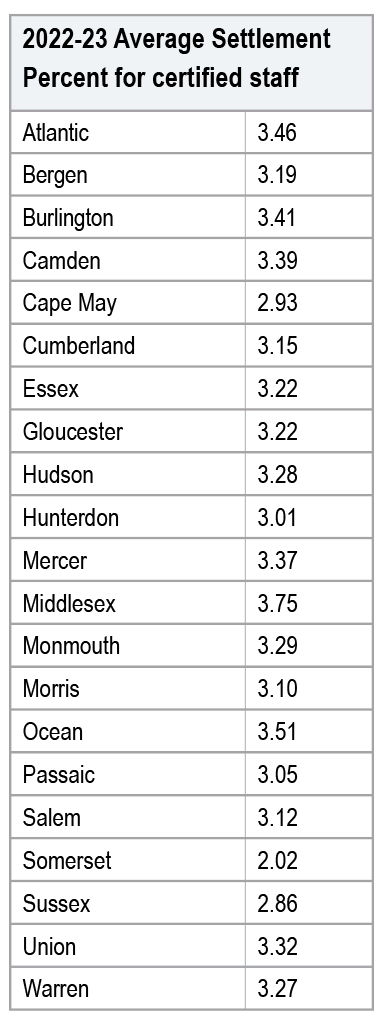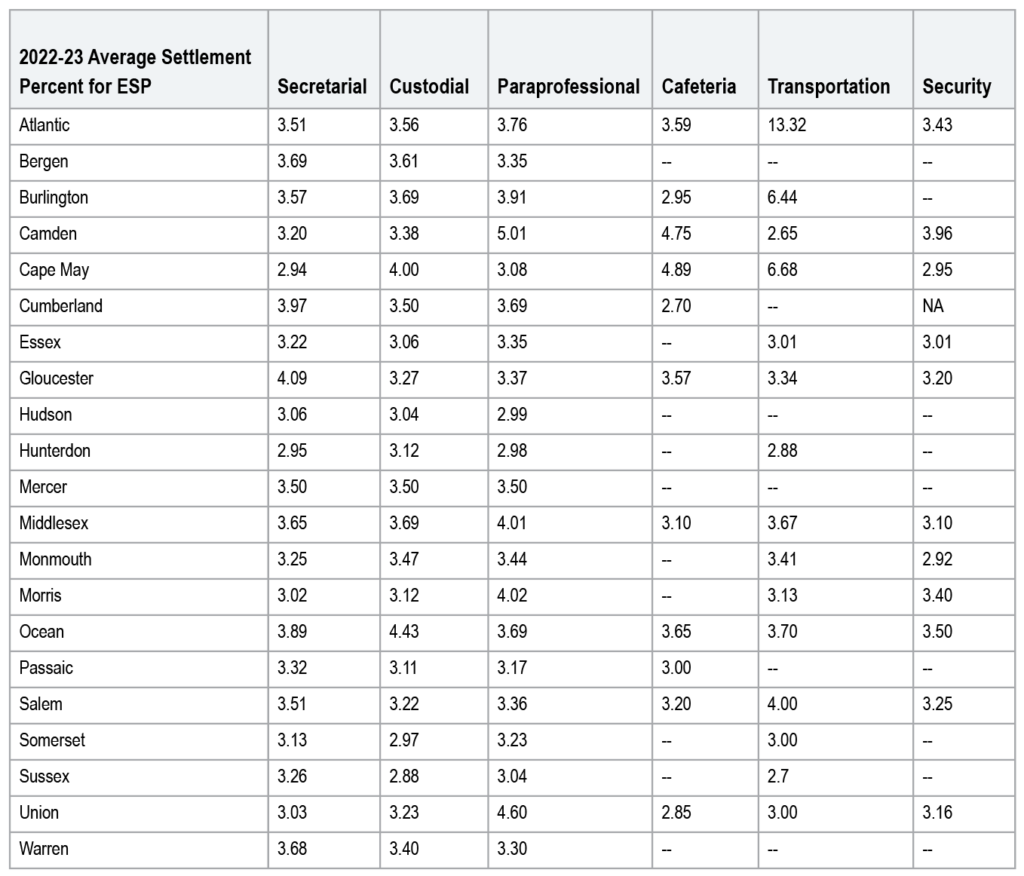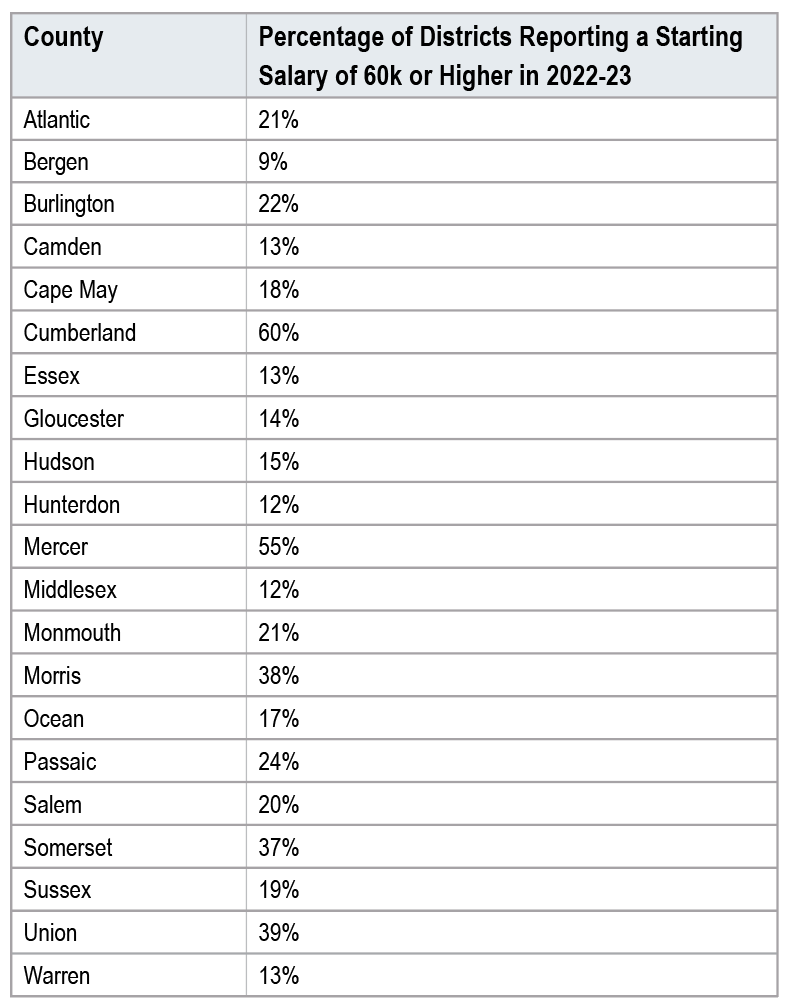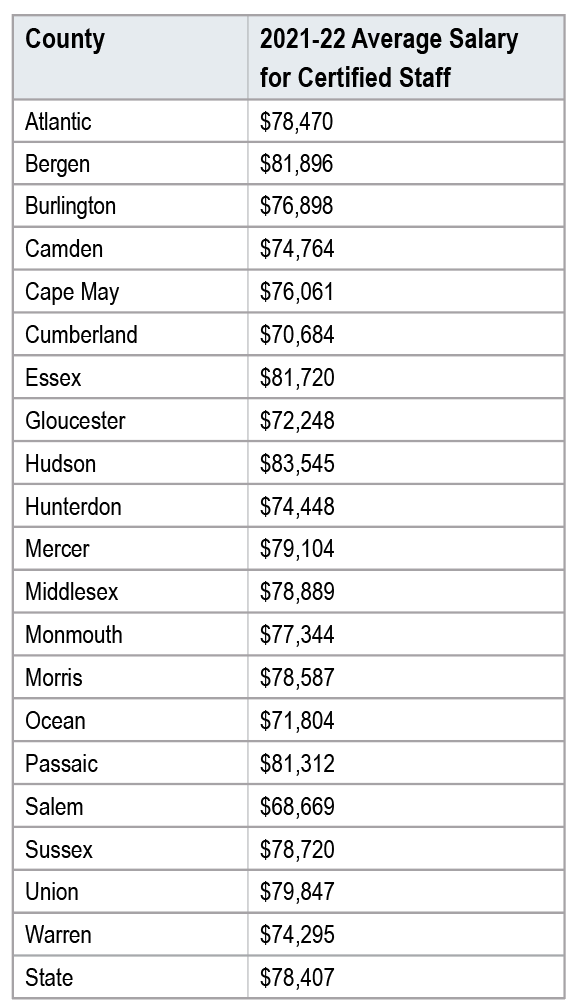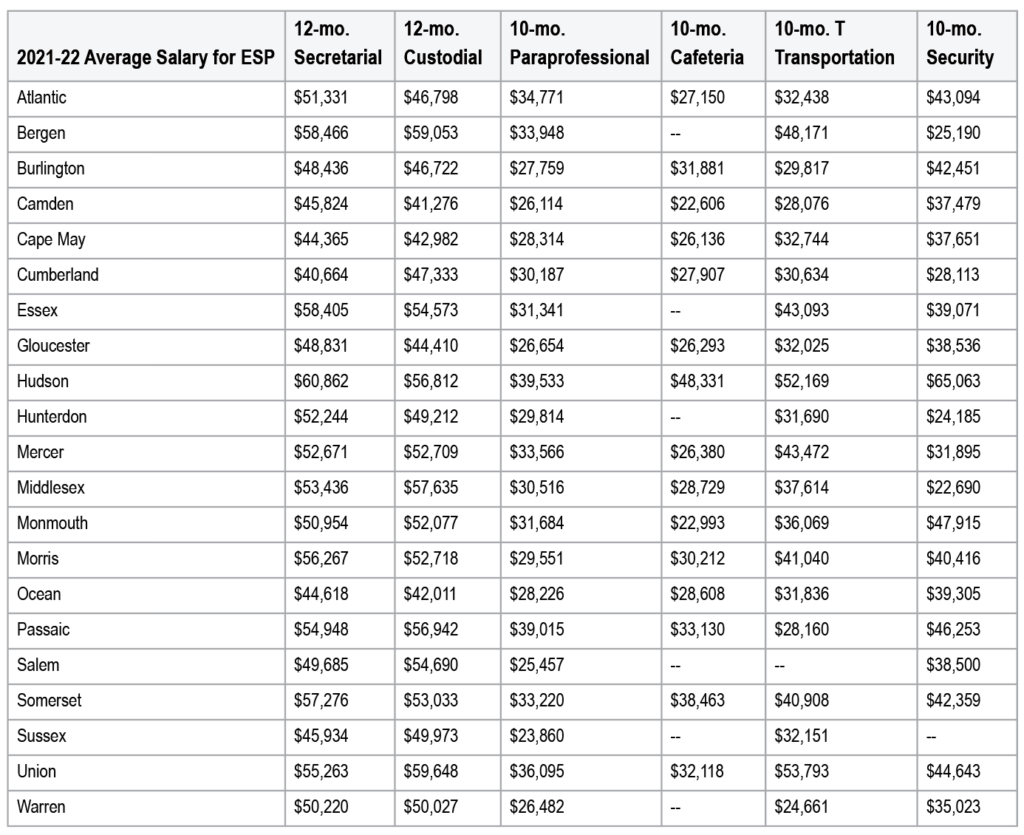By Crystal Inman
Settlement percentages are increasing
NJEA kicked off the 2022-23 school year by hosting Collective Bargaining Council (CBC) workshops in each county. At the CBCs, NJEA staff presented recent contract settlement data and bargaining teams discussed current bargaining trends across New Jersey. A few of the key trends emerging out of these conversations are an influx of higher settlement percentages, an increase in the ratification of five-year agreements and an emphasis on contract language changes that support quality-of-life issues.
At the beginning of the 2021-22 school year, the average settlement percentage (inclusive of increment cost) for certified staff across the state was 3.12%. That number has increased to 3.26% as reported to the NJEA Research and Economic Services Division.
For educational support professionals (ESPs), who typically report higher settlements than certified staff, the average settlement percent was 3.19% in 2021 and has now reached 3.61% with transportation staff seeing the highest settlement average of 4.12%.
See Tables 1 and 2 for the most recent averages by county. An important note for locals who are entering into bargaining this year, is that the requirement to meet the state minimum wage is the responsibility of the school district and should be in addition to any agreed upon settlement percentage. Additionally, due to the increase in the consumer price index (CPI), the minimum wage beginning Jan. 1, 2023, was raised from $14.00 per hour to $14.13 per hour.
Length of settlements are increasing
At the close of 2021, 3.81% of reported district settlements were five-year agreements, and 5.71% were four-year agreements. By November of 2022, 17.89% of reported settlements were five-year agreements, and 14.74% were four-year agreements. The rise in four- and five-year agreements can be attributed to the following factors:
- Longer settlement terms are locking locals into the upward trend of higher settlement percentages.
- With the passage of P.L. 2020, Chapter 79, which prohibits employers from entering into a subcontracting agreement during the term of an existing collective bargaining agreement, locals are preventing the privatization of ESP members for the next few years.
- For locals that have a low increment cost, a longer settlement term can allow a local to fix problematic salary guides by decreasing any existing bubbles between steps, reducing the number of steps and thereby maximizing cumulative earnings, or by placing additional dollars at the starting salaries and at the top of the guide.
See Tables 3, 4 and 5 for an overview of reported salary information by county.
Locals bargaining family illness days
While salary and health benefits continue to rank as top concerns for members at the bargaining table, members are also calling attention to the importance of having adequate time off to attend to personal matters. During discussions at the CBC workshops, increasing the number of family illness and/or personal days often came up as a key priority at the bargaining table. As a result of the pandemic, many day care facilities and schools have changed their rules surrounding when children must stay home—putting an additional burden on working parents who are forced to take unpaid leave.
Where employees in many other professions can work remotely when children or other family members are sick, an increased number of family illness days are necessary for continuing to attract and retain school employees.
An emerging topic of discussion this year is the addition of pregnancy loss, miscarriage, failed assisted reproduction procedures and failed adoption as qualifying reasons for taking bereavement days.
NJEA offers negotiations training
NJEA offers several different workshops focused on bargaining. If you were unable to attend one of the CBC workshops and would like to learn more, consider attending one of NJEA’s Winter Leadership Conference workshops, which you can register for at njea.org/wlc, or stay tuned for information on more comprehensive workshops offered at the NJEA Jack Bertolino Summer Leadership Conference held every August.
Advocacy workshops are posted on the NJEA website at njea.org/advocacy-training.
